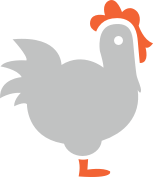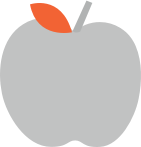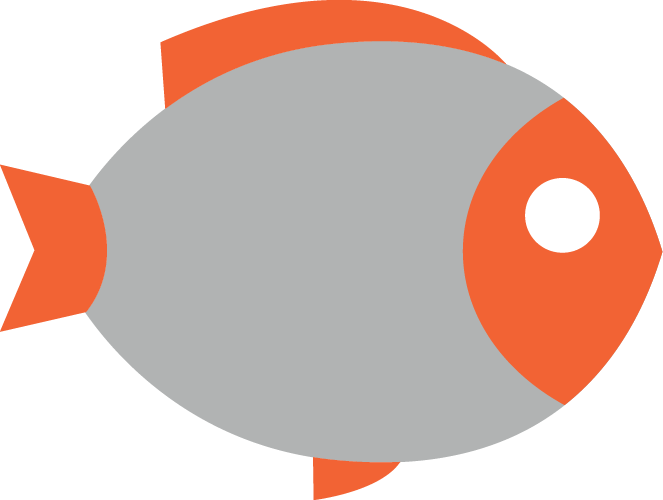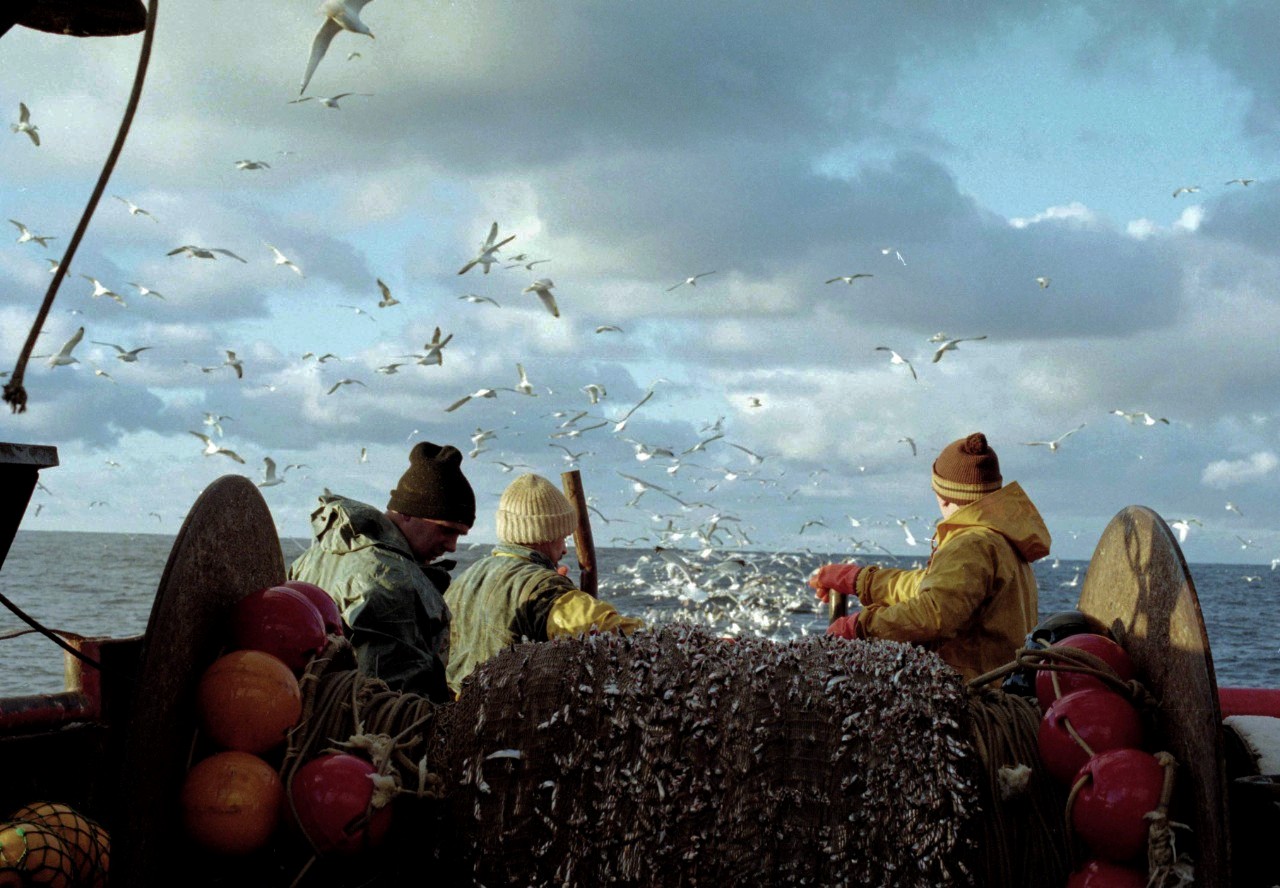
WE TRACE FROM FISH TO DISH
The transparency and traceability of seafood: ftrace provides clarity
Fresh fish and seafood enjoys strong consumer demand. However, the overfishing of our oceans, product counterfeiting and the use of feed and drugs in the aquaculture industry are all topics of hot debate. Consumers and legislators demand that product labels reflect the truth and that the supply chain is seamlessly traceable for greater transparency.
A typical supply chain in the fish industry
The supply chain illustrated is typical of wild-caught fish products. In some fishing fleets, workers on board the mother boat begin cutting up the fish or processing them in some way. In the aquaculture sector, the initial stages of feeding and the administration of drugs are key in the lead-up to harvest.
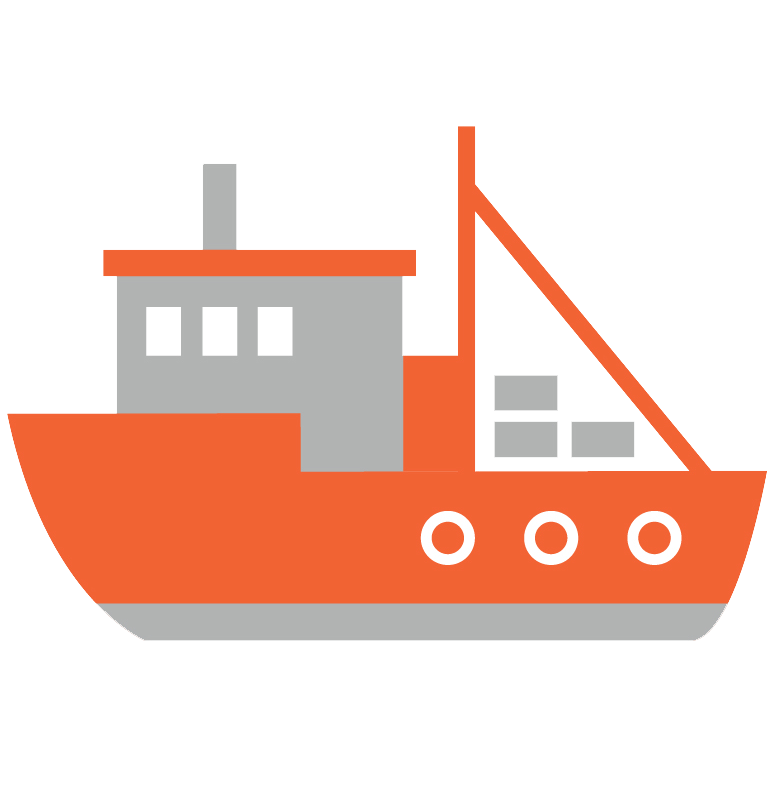
Catch
Fish are caught by fishing boats.
Collection
The catches from fishing boots are collected on board mother boats, partially pro-cessed and chilled or frozen.
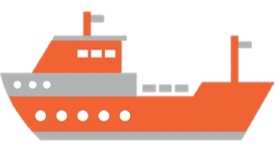
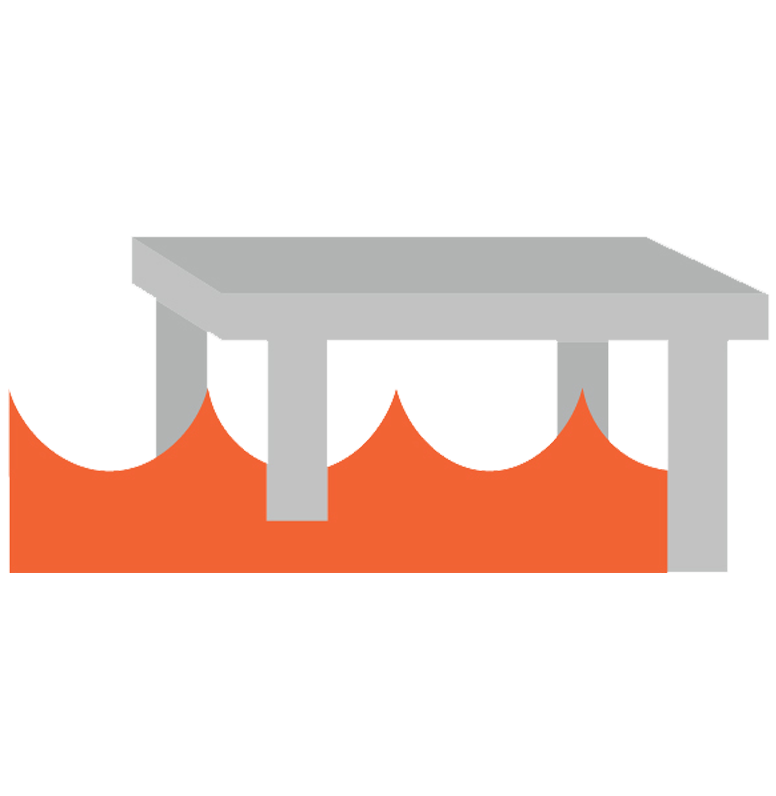
Landing
Catches are brought ashore for further processing at the port.
Processing
The fish are refined or processed into retail products.
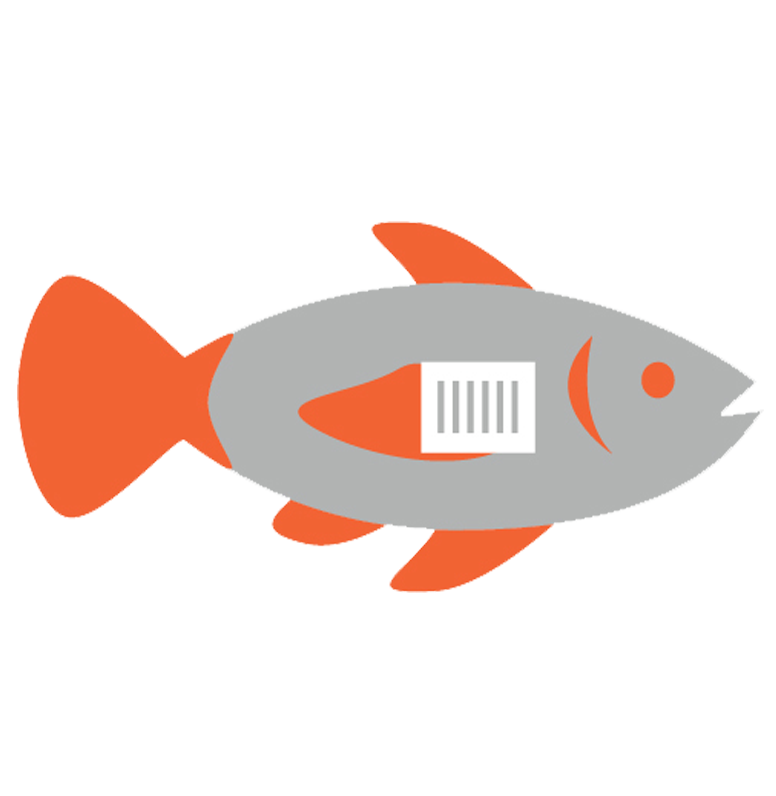
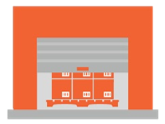
Distribution
The end products are stored in a central warehouse.
Transport
The products are transported from the central warehouse to individual stores.


Sale
Products are sold to consumers.
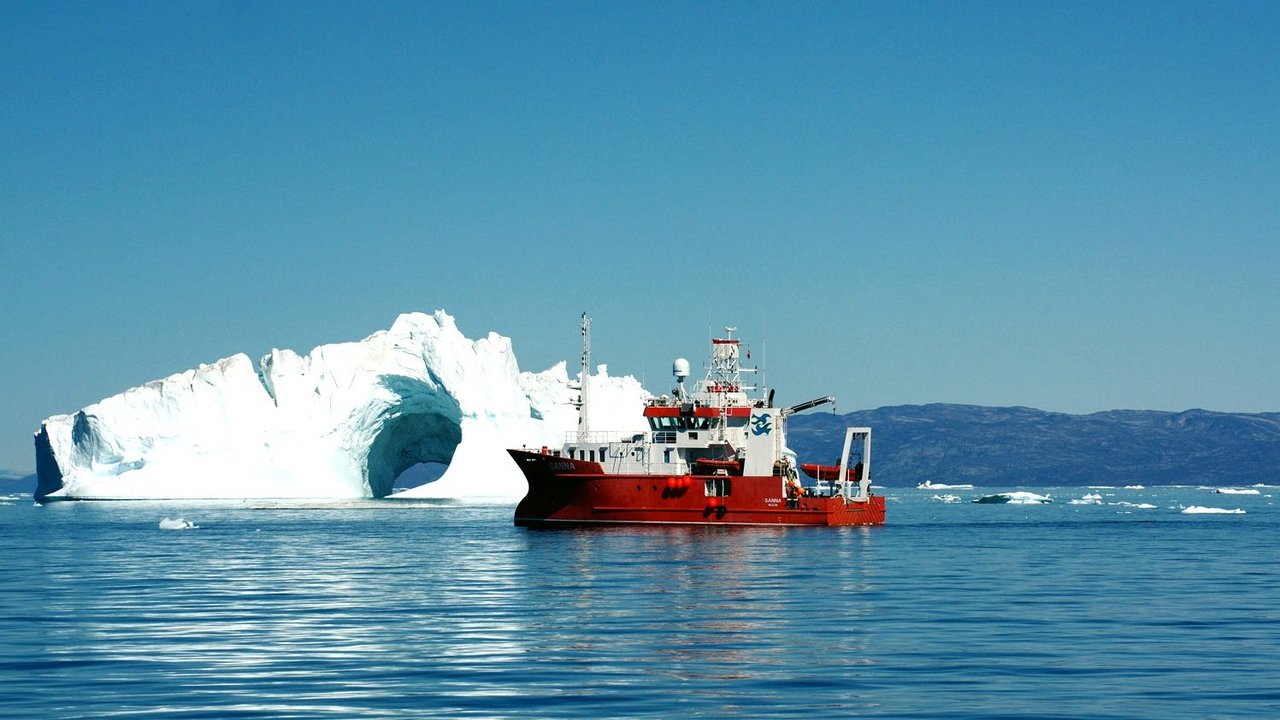
Thousands of supply chains. One language for supply chain transparency
Seafood supply chains are global and include fishermen, ports, auction platforms, manufacturers and processing plants based in many different countries and even continents. To ensure the transparency and traceability of the products, a wide range of different IT systems must be synchronised with one another. Thanks to integrative standards, ftrace guarantees a high degree of interoperability along your supply chain – regardless of whether the companies concerned use paper-based or proprietary automated systems for transmitting information. Standards optimise the control of process while simultaneously helping to save costs so that you become more successful and sustainable in the long term.
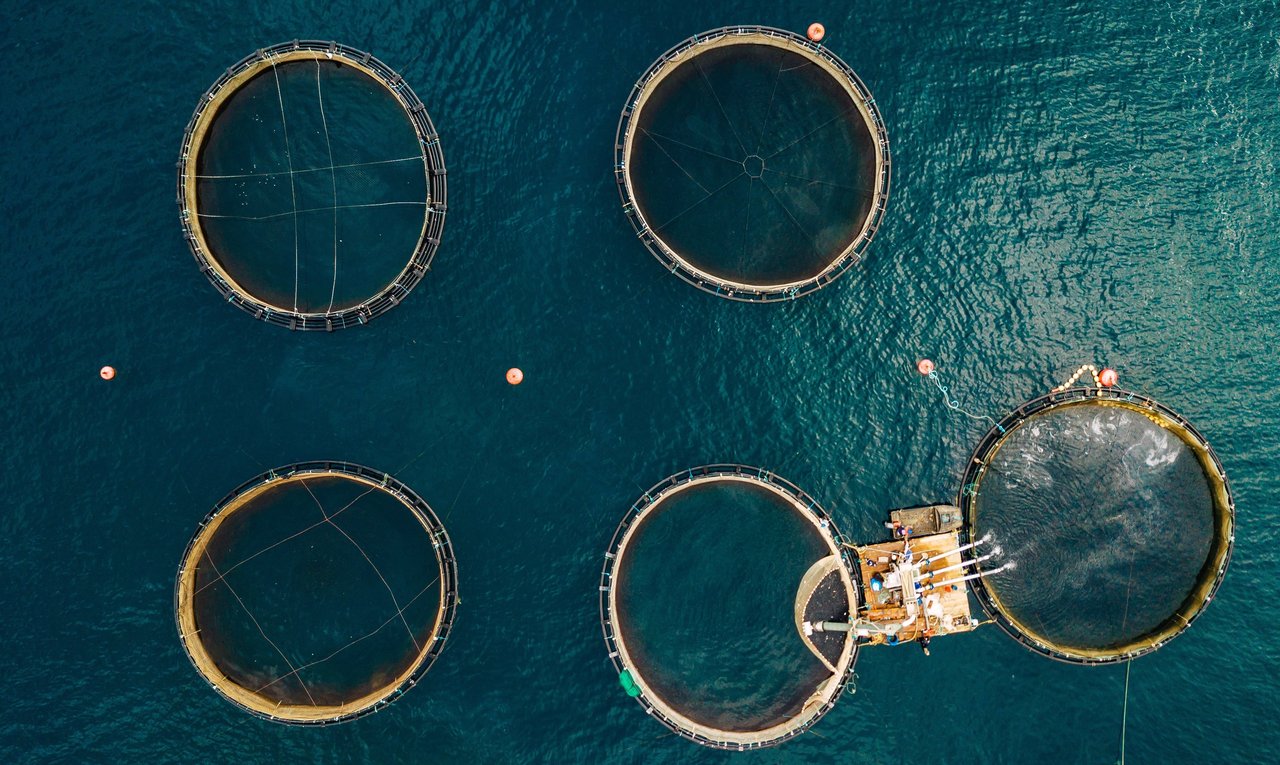
Seafood products: verifiably sustainable supply chains
Particularly in the case of seafood products, customer confidence is one of the critical factors for ensuring a competitive edge. Quality-driven consumers expect transparency in terms of manufacturing and processing data, as well as information about valid certificates. Today, transparency plays a key role in pricing. ftrace provides a solution for communicating supply chain information and underscoring the added value of your products.
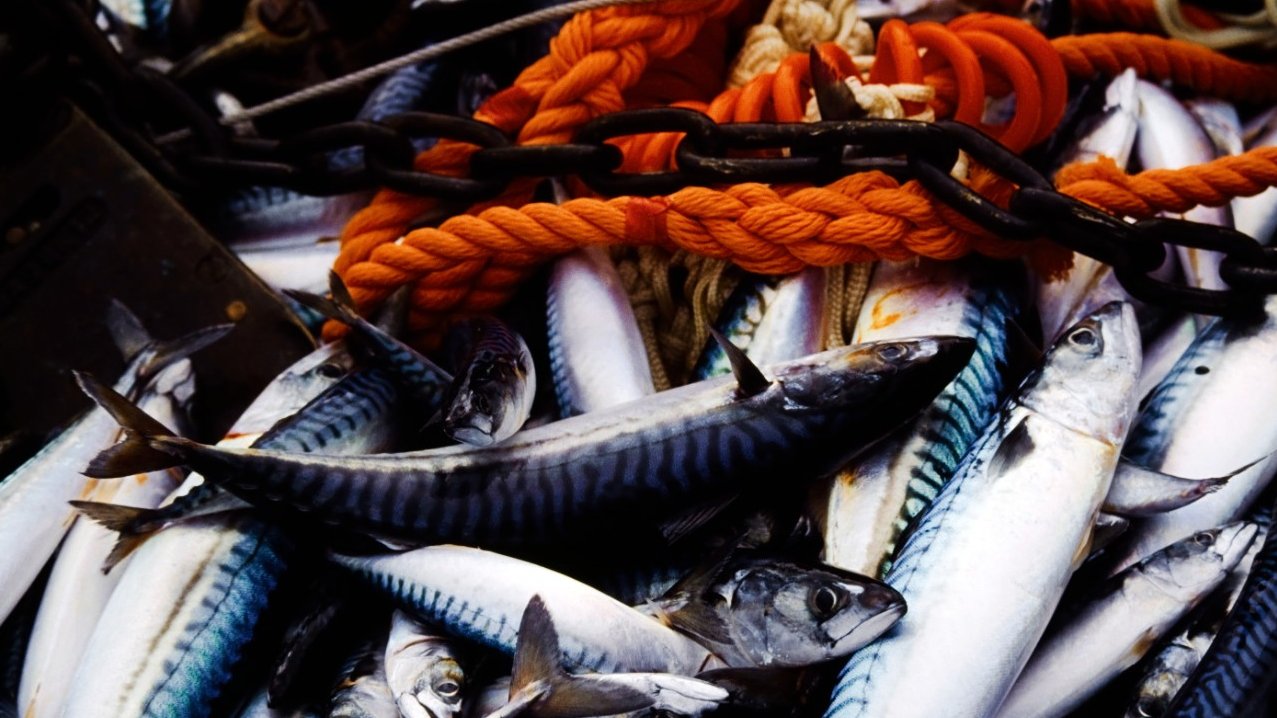
Seafood traceability – fit for compliance
Complying with all statutory requirements is a complex challenge for members of the seafood supply chain. ftrace provides the perfect management tool to ensure that your company is fit for the future. Seamless traceability reduces the risk of unintentional violations of the law – a true benefit in light of increasingly strict regulations.
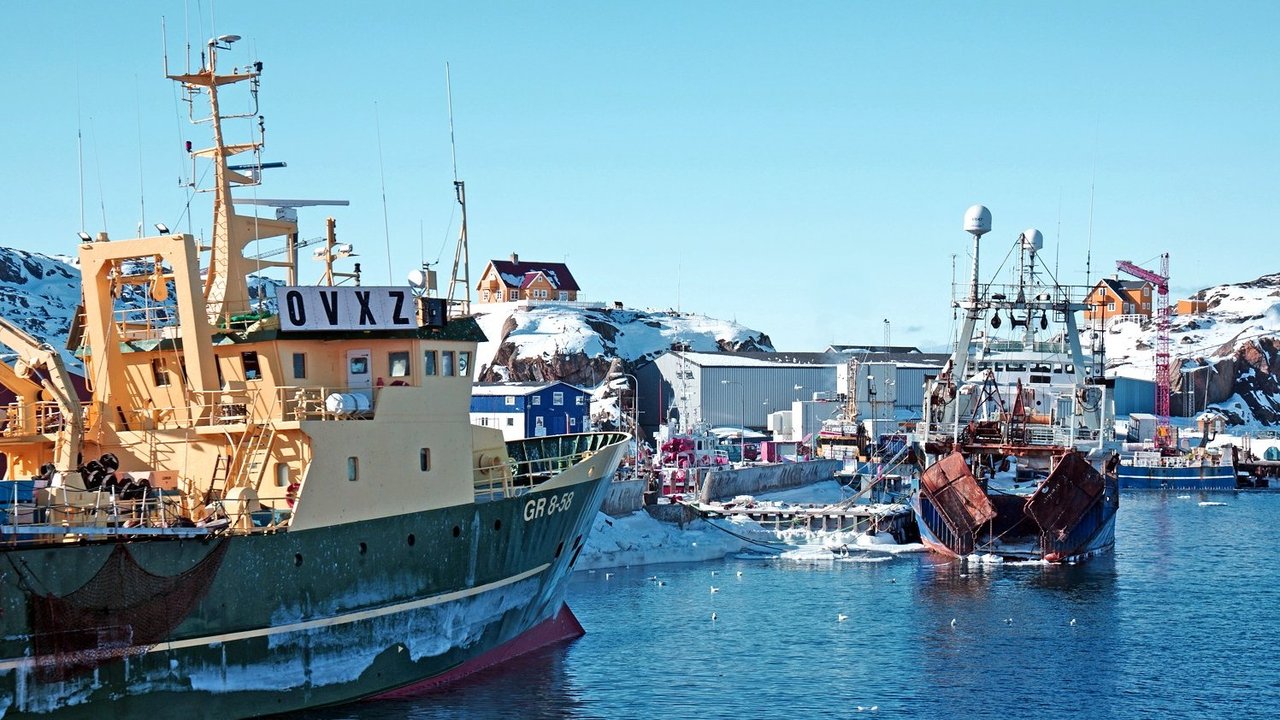
Welcome to the global GS1 network
Standardisation and digitalisation are key factors for ensuring long-term success in the seafood industry. True transparency can only be achieved within a global community when all parties involved – including fishermen, industrial players and retailers – agree on which sustainability and traceability data should be collected and how this should be done. In 2012, ftrace and GS1 Germany initiated round-table discussions and a pilot project that included fishing companies, processing firms, retailers, NGOs and authorities. The objective of this project was to develop a common solution for the fishing industry. Meanwhile, more than 100 companies from the fishing industry have signed up for ftrace with the aim of improving the efficiency of internal processes, meeting legal requirements or making origin and processing-related data transparent for the end consumer.

